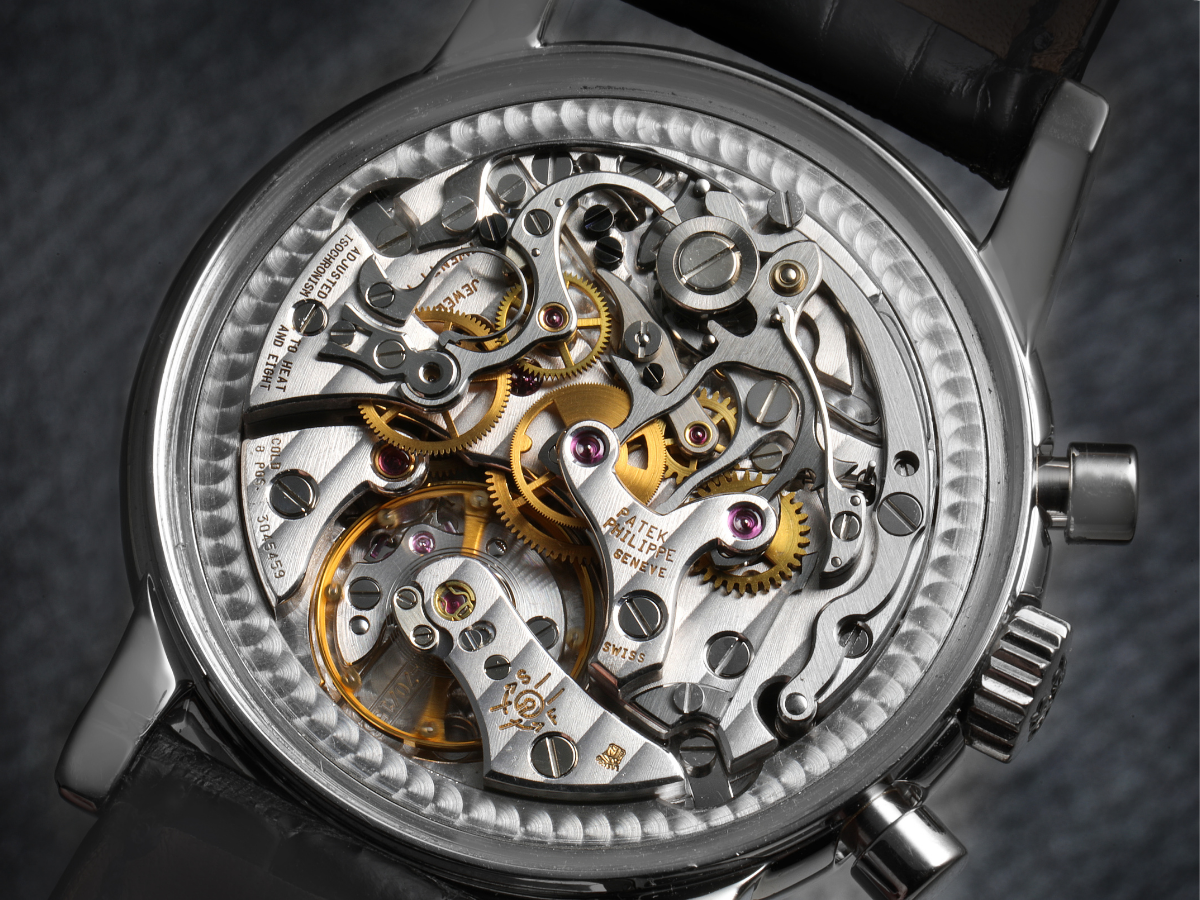What is a watch “movement”?All watches, regardless of style or design, are powered by a movement or caliber. The movement is essentially the engine that makes a watch go – the mechanism that makes the hands move and what powers other functions such as calendars, dual time zones, chronographs and other complications. Movement TypesWatch movements can be categorized into 3 different types: manual wind, automatic, and quartz. Manual and automatic movements are both mechanical, whose parts are made up only of mechanical parts like gears and springs and do not need batteries. Quartz movements, meanwhile, have an electrical circuit and require a battery to run. While battery-run movements are inherently more accurate, mechanical movements are more prized because they are more labor-intensive to build and, with proper care, can last a lifetime. Of course, artistry is also a consideration – mechanical movements are the result of centuries of expertise and craftsmanship. Let’s see how these three movements differ. | 